A Spicy Journey: Exploring the Secrets of Chinese White Pepper
Table of Contents
Introduction to Chinese White Pepper
If you've ever wondered what gives certain dishes that subtle, earthy heat without the overwhelming bite of black pepper, you might just be tasting Chinese white pepper. This unique spice has been a staple in Asian kitchens for centuries, yet it often flies under the radar compared to its more popular cousin, black pepper. In this article, we’ll dive into the world of Chinese white pepper, uncovering its origins, flavor profile, and how it can elevate your cooking.
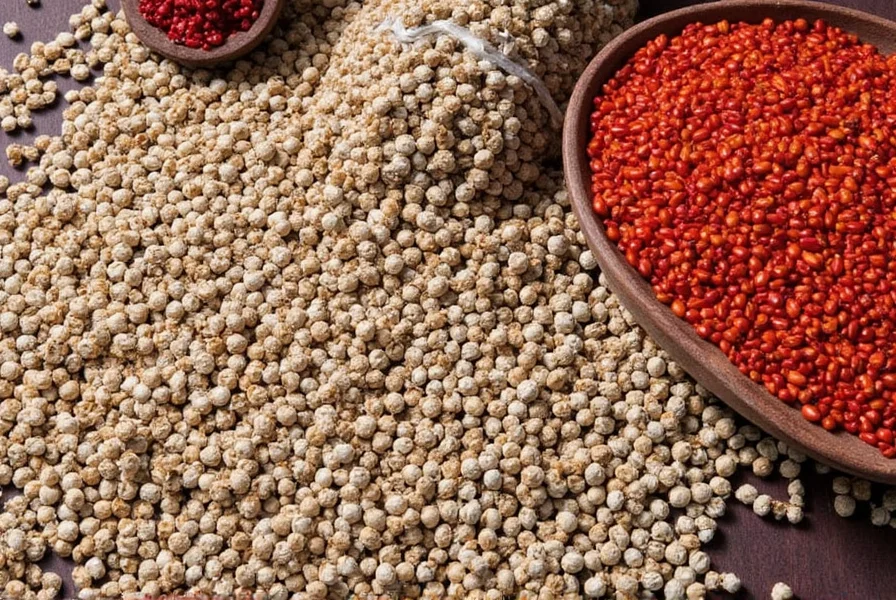
What is Chinese White Pepper?
Chinese white pepper is derived from the unripe green berries of the Piper nigrum plant, which are then processed to remove the outer layer, leaving behind the smooth, pale fruit. Unlike black pepper, which is dried in the sun, white pepper is typically soaked in water and then sun-dried or fermented, giving it a milder, slightly more complex flavor.
The term “white pepper” can sometimes be confusing because it's not just about color. While it’s lighter in appearance than black pepper, it offers a different kind of heat—more rounded and less sharp. It's commonly used in soups, broths, and delicate sauces where a subtler spice is preferred.
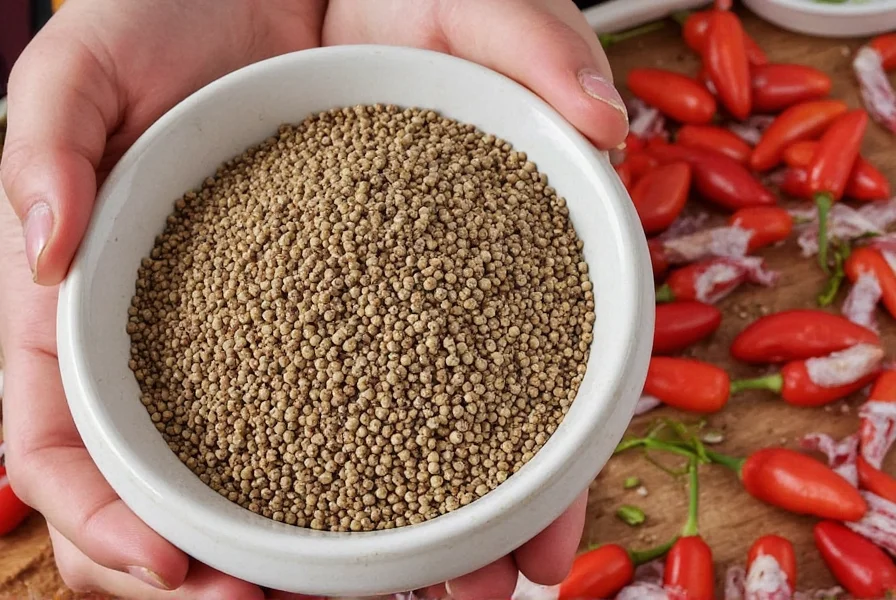
Flavor Profile and Culinary Uses
Chinese white pepper has a distinct, almost floral aroma with a warm, spicy undertone. Its flavor is less aggressive than black pepper, making it ideal for dishes that require a gentle kick. Think of it as the quiet, refined sibling to black pepper—less showy but no less essential.
Some of the most popular uses for Chinese white pepper include:
- Soups and Broths: Especially in Chinese cuisine, it's a key ingredient in traditional dishes like hot and sour soup or clear broth.
- Marinades: Adds depth without overpowering the other flavors in meat or seafood.
- Seasoning: Perfect for seasoning light-colored dishes such as mashed potatoes, rice, or creamy sauces.
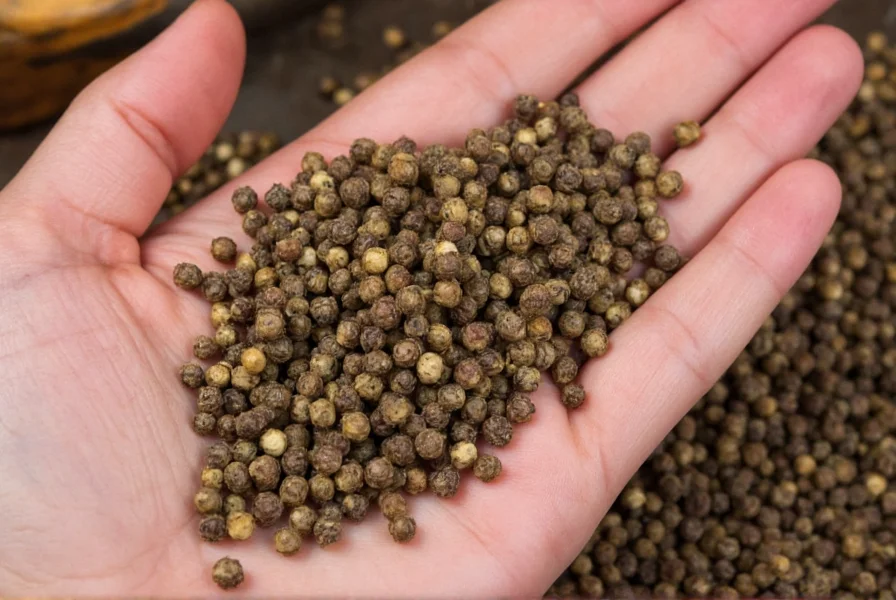
Chinese White Pepper vs. Black Pepper: A Flavor Comparison
To truly appreciate Chinese white pepper, it helps to compare it with black pepper. While both come from the same plant, their processing methods and flavor profiles differ significantly.
| Feature | Chinese White Pepper | Black Pepper |
|---|---|---|
| Color | Light beige or white | Dark brown or black |
| Flavor | Mild, earthy, slightly sweet | Sharp, pungent, and bold |
| Heat Level | Low to moderate | High |
| Best Used In | Soups, sauces, and delicate dishes | Meats, hearty stews, and strong-flavored dishes |
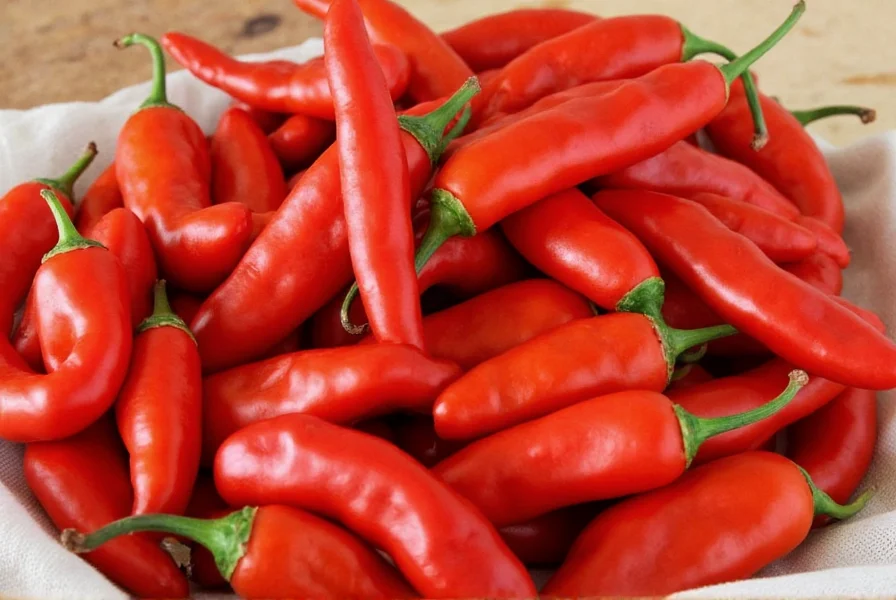
Buying Guide: How to Choose the Best Chinese White Pepper
When it comes to buying Chinese white pepper, quality matters. Not all white pepper is created equal, and some products may be mislabeled or of lower quality. Here are some tips to help you choose the best one:
- Look for Freshness: The best white pepper should have a strong, aromatic scent. Avoid anything that smells stale or musty.
- Check the Source: Opt for pepper from reputable suppliers or brands known for quality spices.
- Consider the Form: Whole peppercorns are great if you want to grind them yourself, while pre-ground pepper is convenient for quick use.
- Check for Purity: Make sure there are no additives or fillers in the product.
Here are a few recommended products that stand out:
1. Premium Chinese White Pepper (Whole)
- Features: Handpicked, natural, unprocessed.
- Advantages: Offers a richer, more authentic flavor when freshly ground.
- Use Cases: Ideal for soups, marinades, and slow-cooked dishes.
- Target Audience: Home cooks and professional chefs who value quality.
- Suitable Occasions: Any time you want a subtle, refined spice in your dish.
2. Organic Chinese White Pepper (Ground)
- Features: 100% organic, finely ground.
- Advantages: Convenient and ready to use, perfect for everyday cooking.
- Use Cases: Great for seasoning vegetables, sauces, and dressings.
- Target Audience: Busy individuals or those new to using white pepper.
- Suitable Occasions: Everyday meals and casual gatherings.
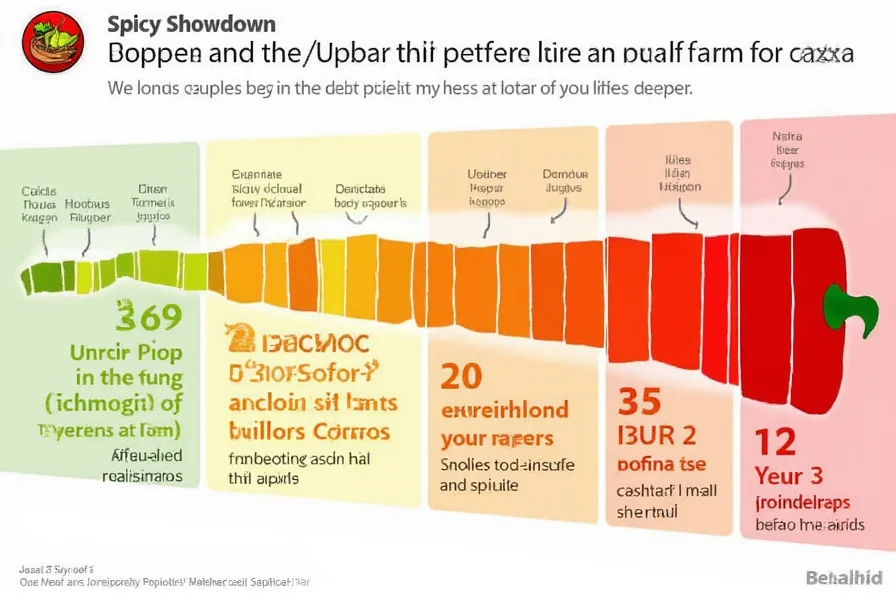
Practical Tips for Using Chinese White Pepper
Whether you're a seasoned cook or just starting out, here are some practical tips to make the most of your Chinese white pepper:
- Grind It Yourself: Whole peppercorns offer the freshest flavor. Use a mortar and pestle or a spice grinder for best results.
- Pair It Wisely: Chinese white pepper works well with ingredients like ginger, garlic, soy sauce, and citrus.
- Use Sparingly: Its mild heat means you don’t need much to make an impact.
- Store Properly: Keep it in an airtight container away from light and moisture to preserve its flavor.
One sentence that expands on the chinese white pepper is: It’s not just a spice—it’s a subtle whisper of flavor that can transform simple dishes into something truly memorable.

Conclusion
Chinese white pepper is a versatile and nuanced spice that deserves a place in every kitchen. Whether you're simmering a rich broth or adding a touch of warmth to a creamy sauce, this spice offers a level of sophistication that black pepper often lacks. With the right approach, you can unlock its full potential and elevate your culinary creations to new heights.


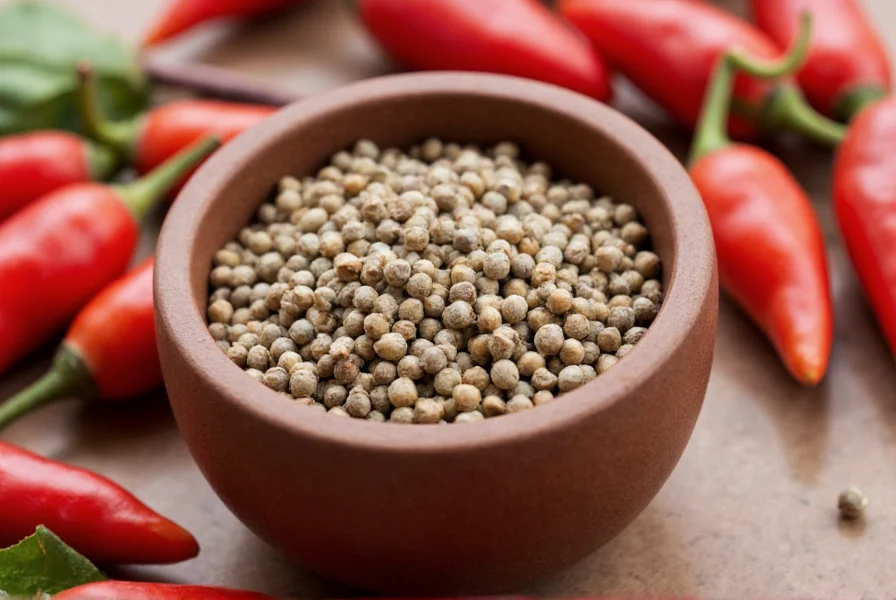









 浙公网安备
33010002000092号
浙公网安备
33010002000092号 浙B2-20120091-4
浙B2-20120091-4